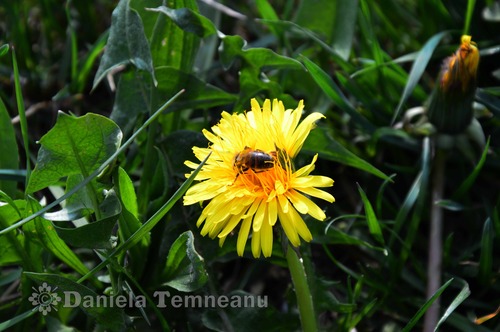16.95 EUR
Download NowSold by say-cheese on Tradebit
The world's largest download marketplace
3,274,351 satisfied buyers
The world's largest download marketplace
3,274,351 satisfied buyers

Taraxacum officinale (dandelion), medical herb, culinary use
All parts of the plant contain a somewhat bitter, milky juice (latex), but the juice of the root being still more powerful is the part of the plant most used for medicinal purposes (diuretic, tonic and slightly aperient). It is a general stimulant to the system, but especially to the urinary organs, and is chiefly used in kidney and liver disorders.
vernacular names for the dandelion include 'wet-the-bed' and 'pissy-beds', which refer to the belief that just touching part of a dandelion can cause bed-wetting. Dandelion fruiting heads are familiar to children as dandelion clocks, which are used to 'tell the time' by the number of blows taken to remove the fruits (for this reason dandelions are often known as 'blowballs' in the USA)
Technical characteristics of the picture are:
- it is available at the maximum size of 6016 x 4000 pix.(24,2 Mpix.)/ 50.94 x 33.87 cm/ 20.05 x 13.33 inch, with excellent quality in 14.3 MB;
- it has an ISO of 400 with no noise, f/9, bit depth 24, compressed bits/pixel 4;
- it's horizontal and vertical resolution is of 300 dpi.
The picture is royalty free commercial use. Purchased image doesn't have "copyright" label on. It can be resized at request.
Author: Daniela Temneanu
Date: 06.04.2014
Enjoy!
File Data
This file is sold by say-cheese, an independent seller on Tradebit.
| File Size | 14 megabytes |
| File Type | JPG |
